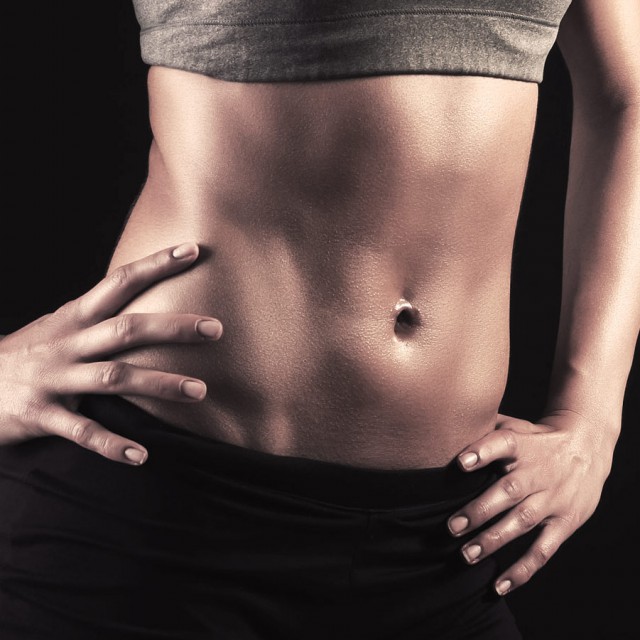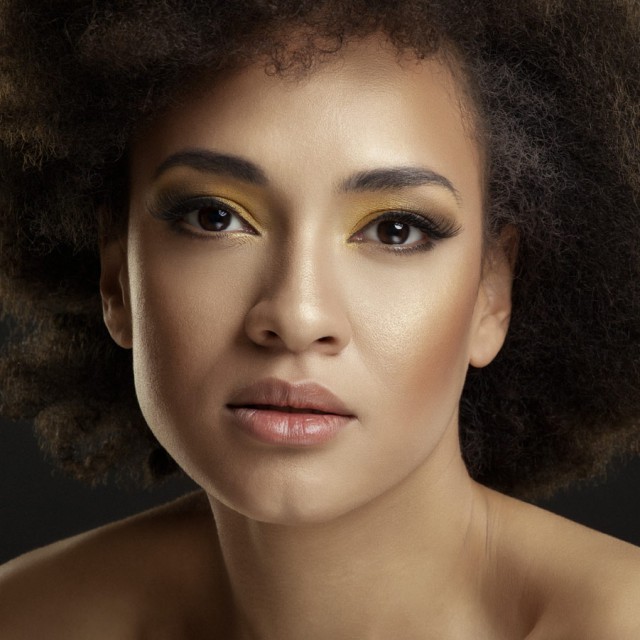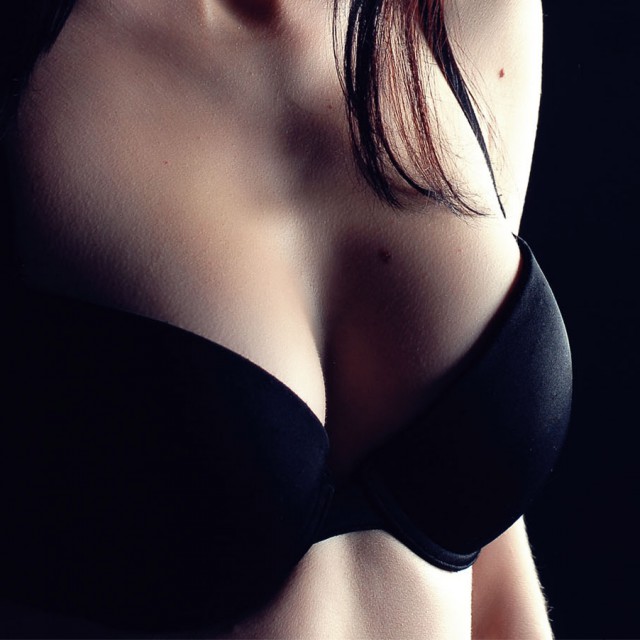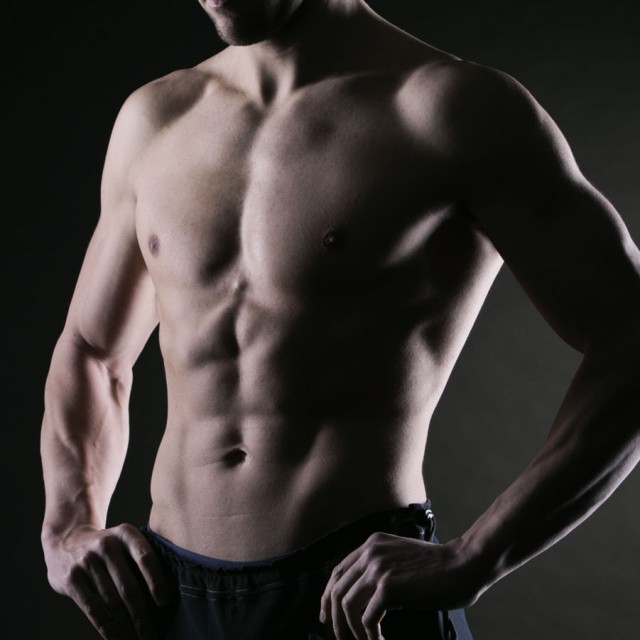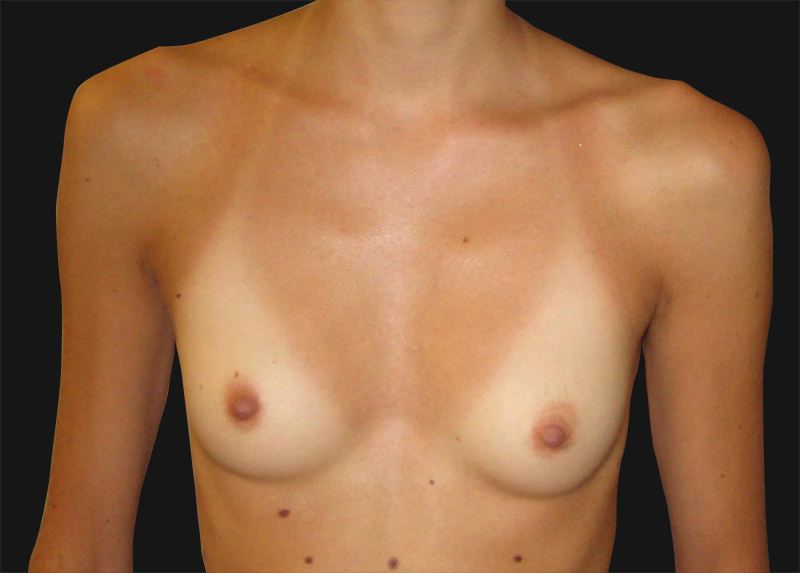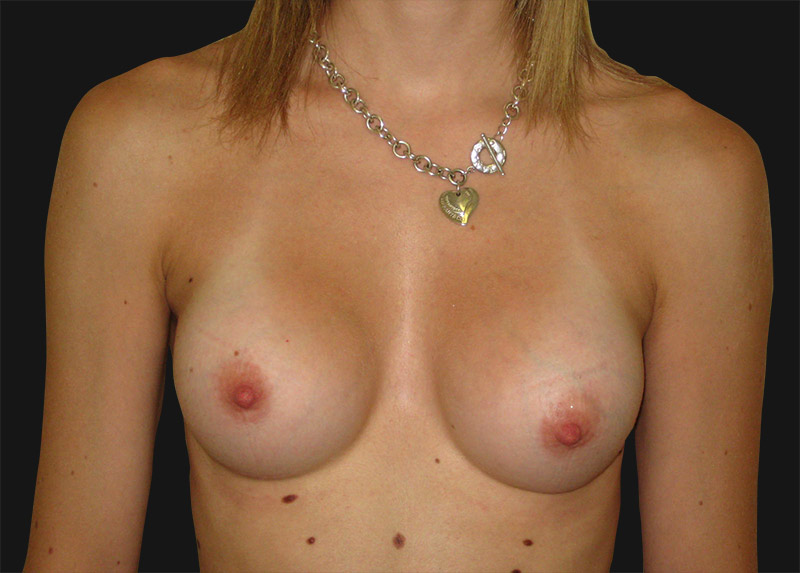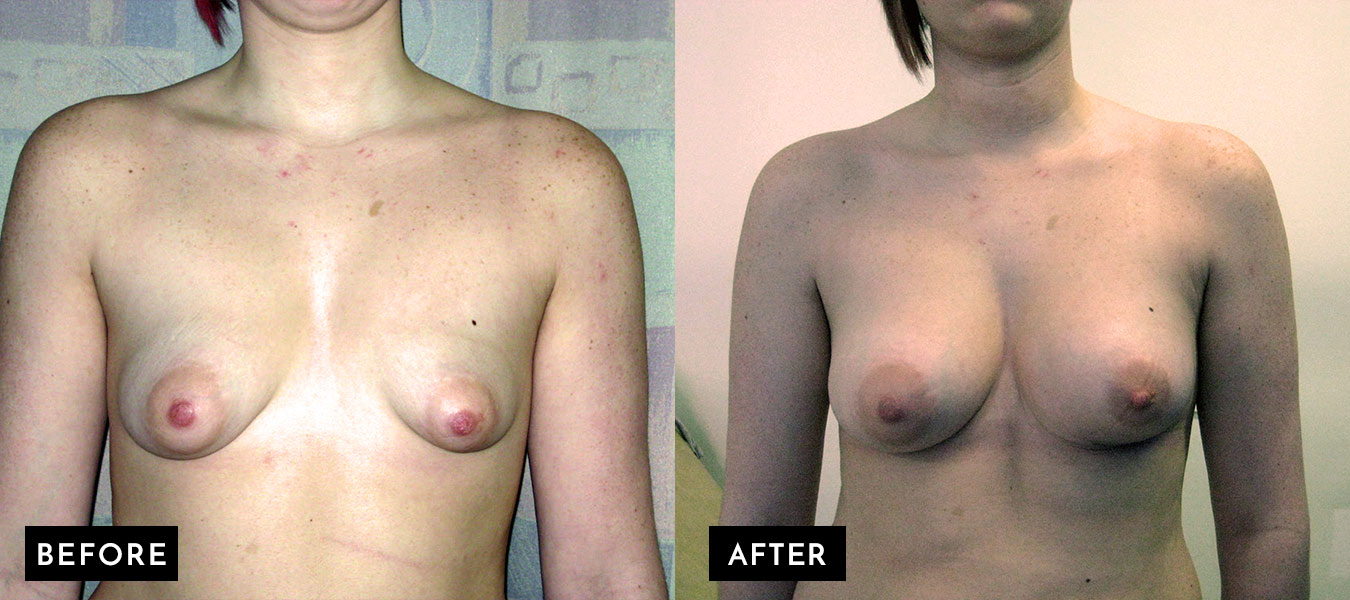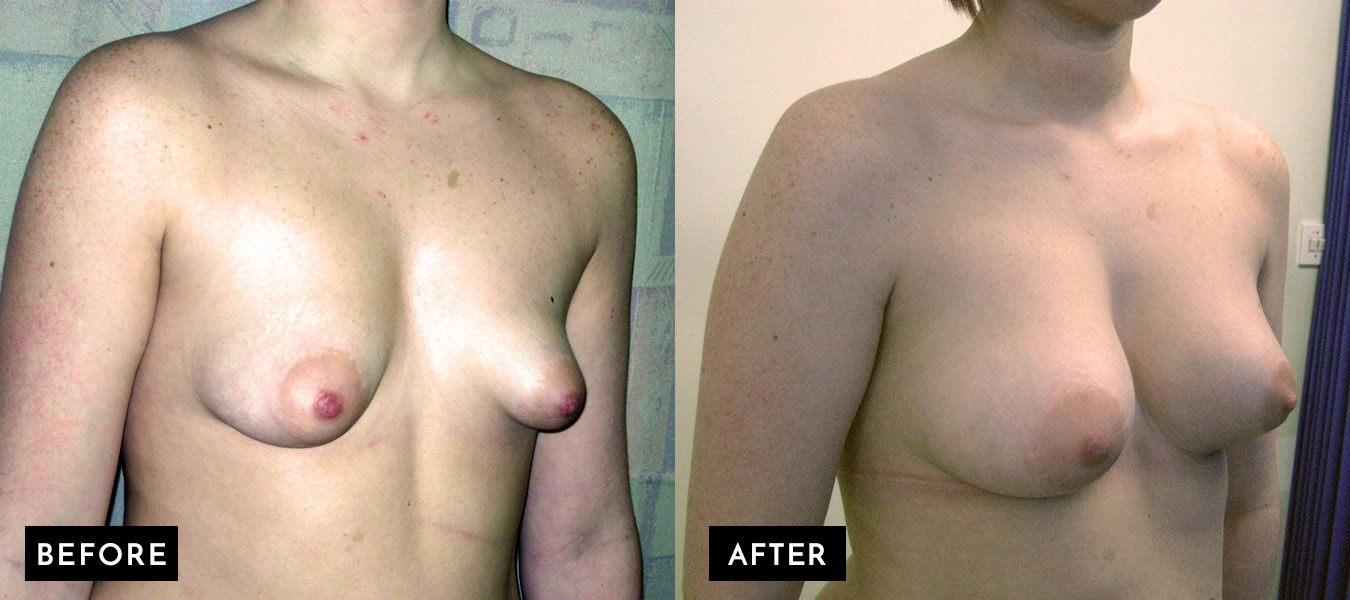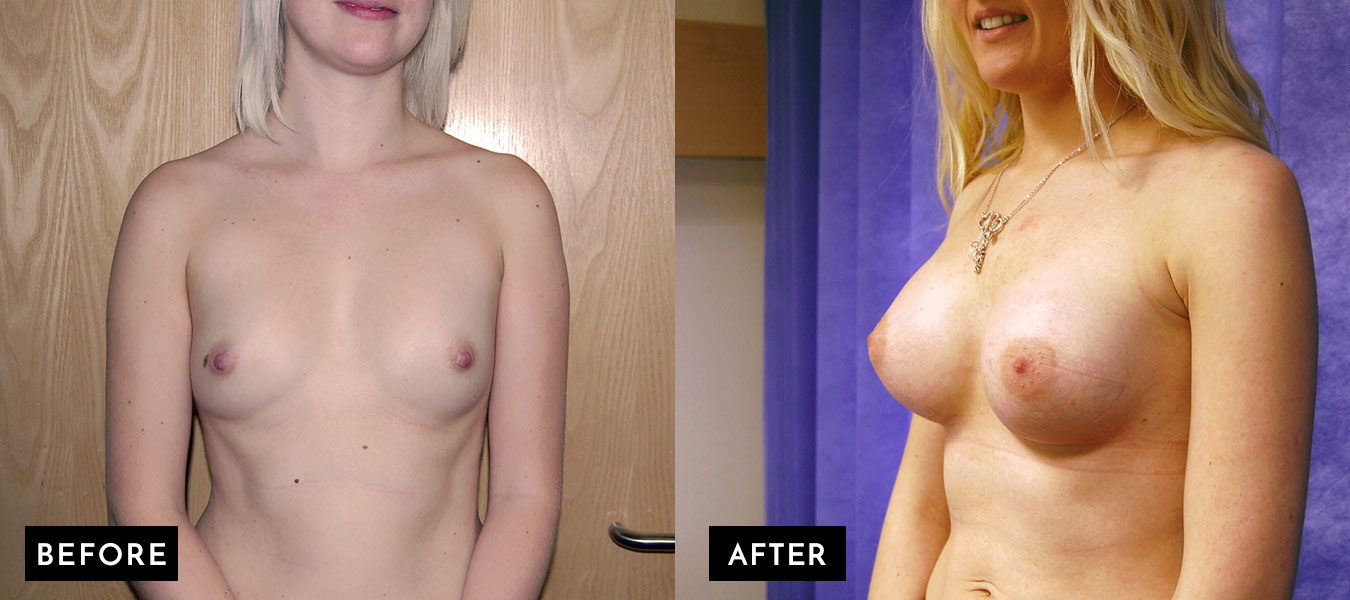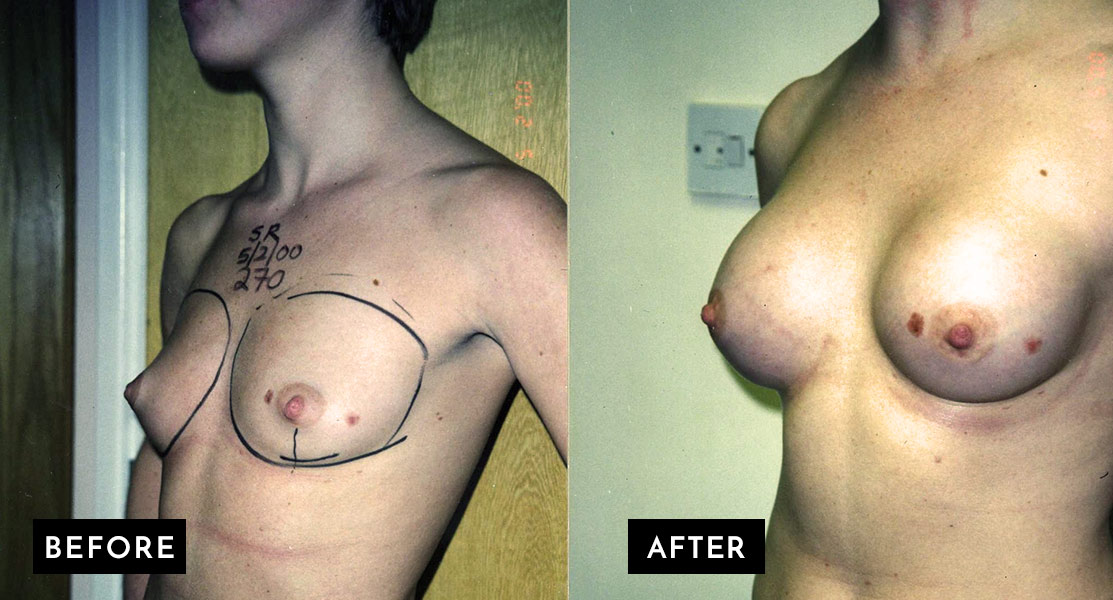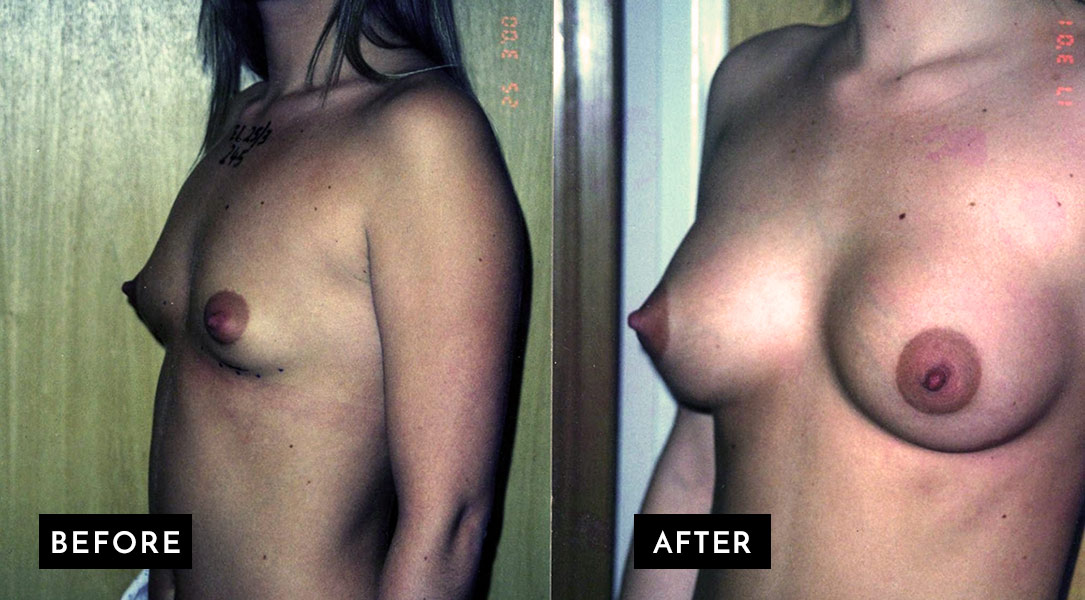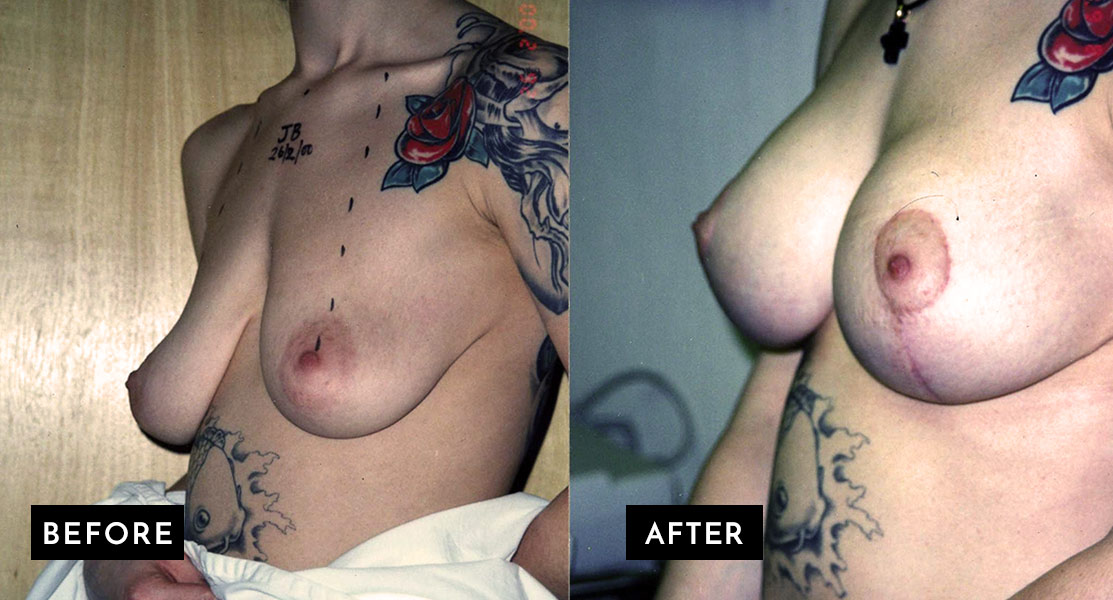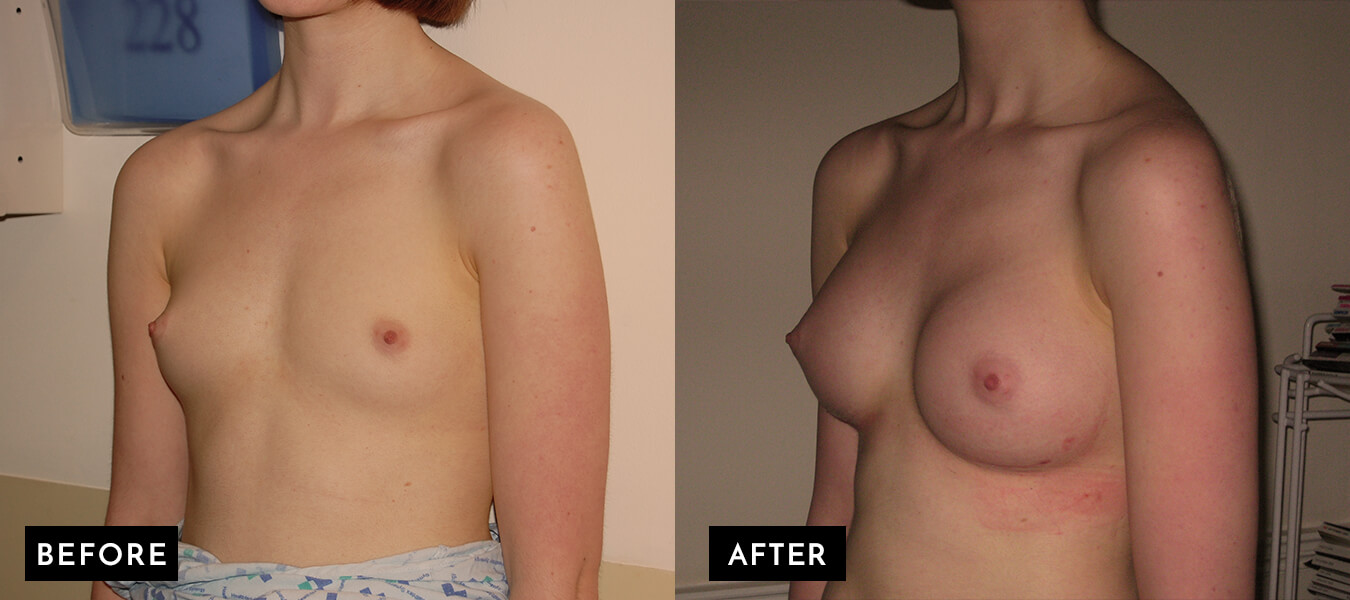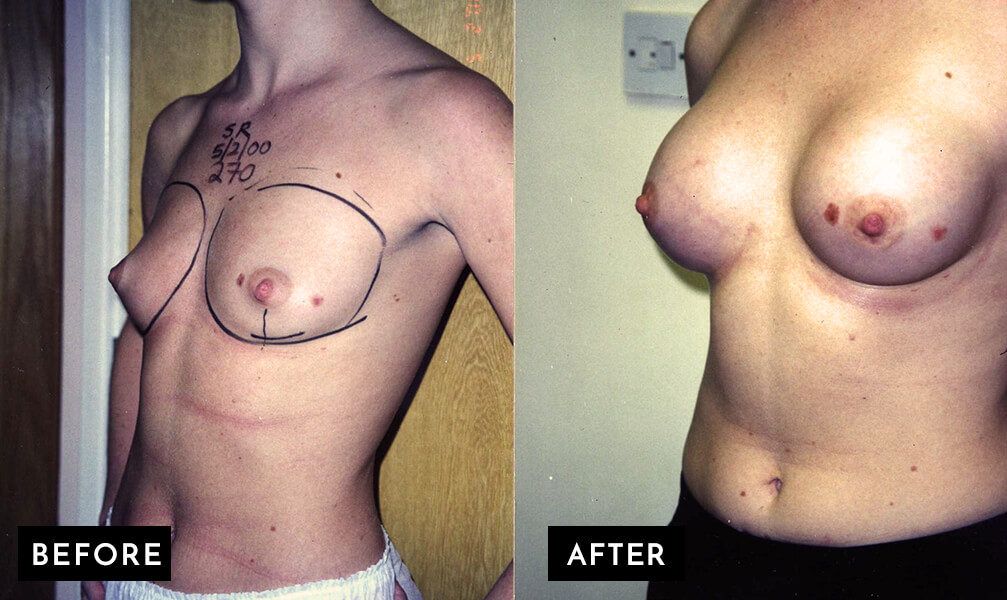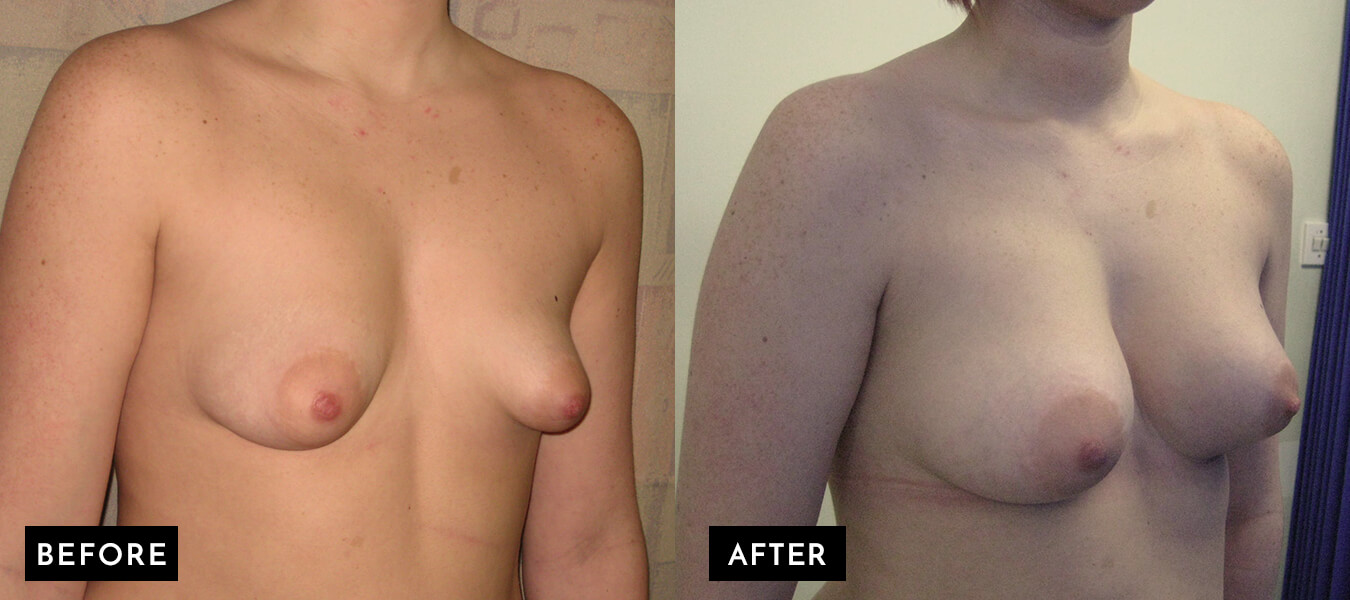What is breast enlargement?
Technically known as Augmentation Mammoplasty, this is the most popular cosmetic procedure in the UK. A prosthesis (implant) is inserted through a small hairline incision and positioned beneath or in front of the muscle wall, behind the actual tissue of the breast.
The reshaped breast is not only more attractive but if the size is modest; natural looking. There is a choice of implants available and our surgeon will discuss the merits of each with you.
How much will it cost and why?
Unlike some procedures (for example facelift) this procedure is very price sensitive because the clients are often much younger. We have worked hard at the Warwick clinic to provide a real alternative to having to travel abroad for cheaper (and sometimes less well regulated surgery). This also means that follow up, and safety can be carefully monitored more closely. The Warwick Clinic is able to offer this procedure at a the very a very reasonable price starting at £2700 (subject to semi annual review). This includes surgery, anesthetic costs, overnight stay and premium quality round breast implants. The Surgeon will be a UK trained and registered NHS/Private Consultant Plastic Surgeon, as will the Anesthetist. Bra’s, Blood Tests (mostly not required), and Insurance (premium at 3%) are all charged extra. This price is limited to approximately one date each month in London (zone 4) or Birmingham. It is also soon to be available in central London (without an overnight stay). If the patient requires shaped or conical implants, or polyurethane implants or if the surgery is revisional after clinical evaluation the price will be £600-£1000 greater.
The procedure
The procedure takes approximately one hour. It is normally carried out under general anaesthesia to make you sleep through the entire procedure. Twilight anaesthesia can sometimes be used. Preferences can be discussed with your surgeon at the time of consultation, and your consultant anaesthetist will be present throughout surgery to be certain you are comfortable and pain free.
Before and after
The recovery period
Surprisingly there is very little discomfort, although there may be some post operative swelling. You will be advised to wear a properly fitted support bra night and day for six weeks, which will support the breasts and aid the healing process.
Although you will be up and about on the same day of surgery your surgeon will advise you when you can resume your daily routine. To permit proper healing you should avoid overhead lifting for four to six weeks. The decision regarding when you should return to work and fully resume normal activities depends on how fast you heal and how you feel. However, most patients return to work within 10-14 days. You can attend the gym and participate in sports after approximately six weeks.
The eventual size of the breasts is discussed between yourself and your surgeon during the initial consultation, achieving the appearance you have planned together.
Your new breasts should look and feel natural – the implants are compatible with normal breast tissue sharing similar texture and general characteristics. They will not affect fertility, pregnancy or your ability to breastfeed. However, if you have nursed a baby within the year prior to surgery you may produce milk for a few days post-operatively. This may cause discomfort but can be treated with medication prescribed by your surgeon.
After the procedure, most women adapt instantly to their new shape and rarely give a second thought to their implants.
As the purpose of the procedure is to make breasts as attractive as possible, the scars are kept as small as possible and made either around the nipple, under the crease of the breast, or in the armpit.
Type of implant
Breast implants are made with either a smooth or textured surface which have traditionally contained either a silicone gel or salt water solution known as saline, or polyurethane.
Smooth vs Textured implants: textured implants have a lower rate of capsular contracture
Saline implants were popular in the USA when the silicone implants were banned for cosmetic use between 1990-2003, they have a higher rate of rupture than silicone implants. Today in the USA Silicone implants are more popular.
Traditional Round Silicone Implants are the most commonly used breast implants in the UK and can be very effective. These become tear drop shaped when the patient is standing and round when lying down (the same as the normal breast). The advantages are that they cost less to manufacture, and can lead to less complications if there is mild capsular contracture as they might rotate. The disadvantage is that they have arguably a slightly higher rate of capsular contracture, and the look slightly less natural in the very thin patient wanting a larger projection.
Anatomically Shaped Silicone Cohesive Gel. This unique shape retaining cohesive silicone gel maintains its original natural looking shape. The anatomical shape of this implant increases the balance between your breasts and your hips, creating an overall hip-slimming effect and a more desirable figure. Anatomically shaped implants represent an advantage in design and manufacturing technology. These are useful in very slim patients, ad in breast reconstruction.
Conical Implants, these currently are made of polyurethane, and can produce a more natural shape, and can lift slightly.
Polyurethane implants are said to have a lower rate of capsular contracture, but if they do develop capsular contracture are much more difficult to replace. They are used mainly in revision surgery if capsular contracture develops, but as a first line implants are only used by a tiny minority of surgeons. They might become more popular as a first line in future years.
Silicone. Silicone implants have been successfully in use since 1962. Silicone gel has an excellent texture as a filling material because it is soft and pliable and allows for natural movement. The latest type has a textured surface which is less likely to cause hardening or capsule formation. The possibility of silicone implant interfering with the standard mammography can be overcome easily by informing your radiologist about the presence of the implant, he or she can alter the technique to obtain the optimum result.
Will I experience any problems?
In the majority of cases, there are no post-operative problems.
Some problems that are experienced include changes in sensation in the nipple, severe pain (Mondors Syndrome), rotation, malposition, ptosis( drooping), scar complications, anesthetic complications, infection, haematoma (a collection of blood around the implants that would eed to be drained).
Size
This cannot be guaranteed, and there is no international consensus on what cup sizes really mean. Bringing in photos of your favorite model is rarely relevant. Referring to the size that your friend had (who was the same size and shape) is of little relevance, as minor differences in chest surface diameter can have a profound effect on size and shape decisions. Every effort will be made at your paid for professional consultation with the operating surgeon in order to try and reach a sensible plan tailored to you.
What is a capsular contraction?
In a few patients following the operation the body builds a wall of firm tissue round the implant. Rarely this can contract causing the implant to feel firm, known as a capsule. This can be manipulated or cut out by your surgeon in a manner which breaks up the capsule and the breasts regain their softness. This happens in about 10% of women, but only requires revision surgery in 3-5 per cent.
Mild Capsular contracture presents as rippling, more sever cases present with pain, and deformity. In a tiny minority of patients capsular contracture is recurrent and these women cannot tolerate implants and can be left worse off.
Are there any long-term risks?
Cancer of the breast has been extensively researched. Results of this research show that there is no evidence that breast implants increase the chance of future development of breast cancer.
Can implants leak?
Concern has been raised in the media about the possibility that leakage of silicone gel from silicone implants can cause health problems. Actually the amount of silicone that leaks through the shell of modern implants is very small and there is no medical evidence of health problems being associated with it. However alternatives are available.
How long do they last?
It has been advised that implants should be routinely replaced, due to wear and tear after 10-15 years. When you undergo implant surgery you are making a financial commitment to saving for replacement, medical complications that occur outside any insurance period, and surgery to correct the increased effects of gravity including surgical uplift that might become necessary. You are also agreeing to paying for any investigations that might become required to investigate problems (such as MRI scans and Mammograms/Ultrasound).
Alternatives
Breast Size can be increased using the BRAVA suction cup techniques, this will typically produce a temporary one cup size enhancement for 1 year. This can be supplemented with Lipofilling. The cost of BRAVA alone is around £1000.
Lipofilling alsone can be used but with out pre operative BRAVA might require more fat transfer sessions (typically three sessions, rather than two when done with BRAVA). The cost of this is around £4,000 per session.
Other cosmetic enhancements for breasts
Breast reduction – Many women are happy to have large breasts but others regard them as a nuisance, attracting unwanted attention. Large breasts can also be extremely uncomfortable and physically restricting. Breast reduction can solve these problems, bringing psychological relief and eliminating physical distress. The procedure aims to remove excess breast tissue making the breasts smaller and improving their shape. The nipple is repositioned and the lower part of the breast removed to make it smaller. The skin is then tightened to form the new breast. There is visible scarring, but this becomes less noticeable with time and should not be visible if a bikini is worn.
Breast uplift (Mastopexy) – Breast feeding and weight loss can lead to breasts sagging and an uplift is designed to restore breasts to their former, more youthful shape and tone, without altering their size. The procedure involves repositioning the nipple and removing excess skin caused by stretching.
Should I have breast surgery?
Only you can answer that question. Be sure you are doing it for the right reasons: your own sense of self confidence and self esteem. No matter what anyone else thinks, if you are happy with your appearance there is no reason to have it changed. So before making that decision, attend a consultation, get the facts. Be realistic in your expectations and make an educated decision that is right for you.
Aquaplane Breast Augmentation (ABA)
The Warwick Clinic is the first in London and the UK to introduce this pioneering new technique, developed by the University Hospital based plastic surgeon, Mr. R Das-Gupta FRCS, Consultant Plastic Surgeon, and member of BAAPS. This technique creates a larger breast based on fat transfer, however the uptake of fat is improved not only by careful and precise technique, but also by utilizing a new concept.
The Concept
Fat up take within the breast is notoriously unreliable, several methods have been tried to enhance uptake, including selecting out Mature Stem cells using the Cytori system, and by expanding the recipient surface area using pre surgical suction with the Brava system. Both of these techniques are expensive, cumbersome and time consuming.
Aquaplane
The idea is to pre-expand the fat layer under the breast tissue prior to fat transfer by infiltrating the breast with Klein Solution. This both provides anesthesia, as well as expanding the surface area of recipient breast, thus enhancing fat uptake. This means that effective treatment can be undertaken in one or two sessions rather than three or four. It is more effective, more natural, and less time consuming.
Results
Usually only a modest one cup size increase will result from fat transfer techniques, however there is no need to worry about implant complications, or replacement of the implants, normally recommended every 10-15 years.
Fat Transfer to the healthy breast and breast cancer risk.
There is as yet no correlation between fat transfer breast enhancement and breast cancer. There are doctors concerned about calcification in the transferred fat mimicking breast cancer changes, we therefore would always recommend pre operative routine breast screening, which we will arrange for you.
Price
The technique is usually performed as a General Anesthetic day case procedure, with a top up treatment under local anesthetic. The total cost is from £7200, Consultation fee to discuss this complex treatment or if unsuitable alternative breast enlargement treatments with our consultant is £100. Standard breast enlargement is suitable for the majority of patients, this treatment is only suitable if there is enough donor fat (to liposuction from, e.g. thighs or abdomen), and if the aim is for only a one cup size enlargement.
